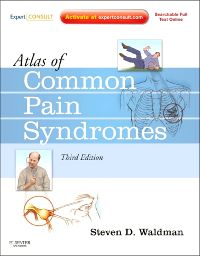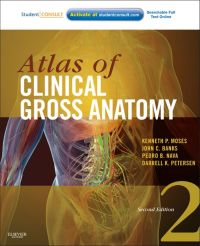
Product Title: Unconventional Organ Damage in Diabetes – ECAB
Format:
PDF,
Overview (Details, Topics and Speakers):
by Samar Banerjee
Cell health depends on a steady supply of fuel from glucose and free fatty acids. Both these major fuels are regulated by insulin. Cells in the muscle, liver, and fat need insulin to receive glucose, and hence do not become exposed to high blood glucose levels when the blood sugars are high and insulin levels are low. The lack of insulin slows the movement of glucose into these cells, and probably spares them from damage when blood sugars are high. However, other cells such as those in the brain, nervous system, heart, blood vessels and kidneys pick up glucose directly from the blood without using insulin. These cells, except the brain, are more prone to damage from high blood sugars because they become exposed to high internal levels of glucose. This to quite an extent explains why damage tends to occur in specific organs such as in nerve and kidney cells, and in small blood vessels like those in the eyes. This project on the organ damage in diabetes is an attempt to elaborate on the various factors to be considered in managing these patients, the pointers for early diagnosis and prevention of the same.
Product Details
- ISBN-13: 9788131232149
- Publisher: Elsevier Health Sciences APAC
- Publication date: 9/14/2012
- Pages: 108
Delivery Method
the Unconventional Organ Damage in Diabetes – ECAB course/book will be provided for customer as download link. download link has NO Expiry and can be used anytime.
Contact Us
contact us to our email at [email protected] or fill in the form below:





Reviews
There are no reviews yet.